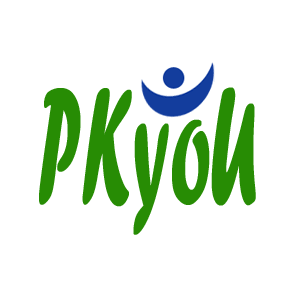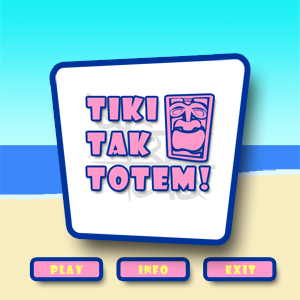PKyoU is a dietary management, analytics, and educational web application for adults with phenylketonuria (PKU). The application allows users to track and monitor their nutritional intake, and check the suitability of specific food items for the PKU diet. It also includes an educational component that allows users to increase their nutritional awareness through gamified learning.
The goal of this project was to design some type of assistive solution that helps enable independent living for persons with chronic illness, cognitive disabilities, or language barriers. The goal was to design a solution that is both desirable and usable, and that also considers the social, emotional, physical, and behavioral characteristics and lifestyles of the target audience.
Course: Visual Design for Human-Computer Interaction

